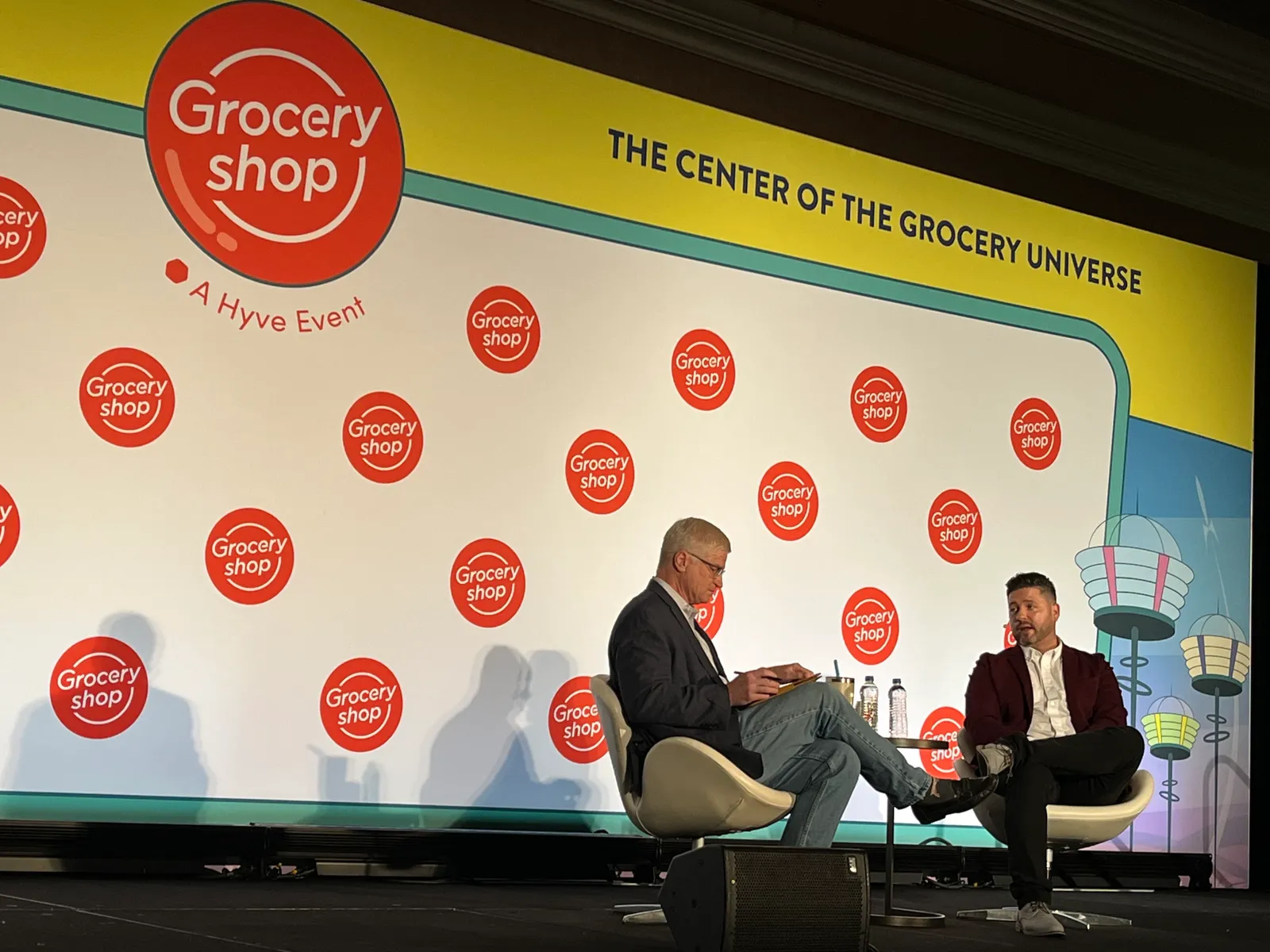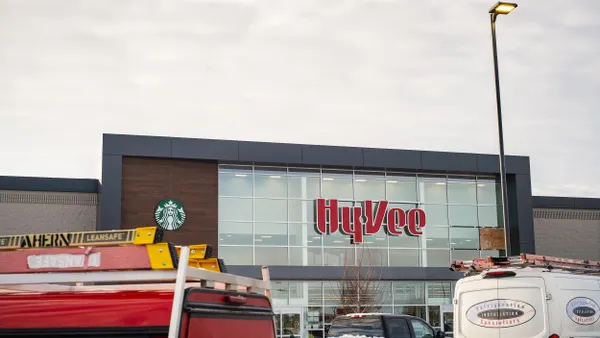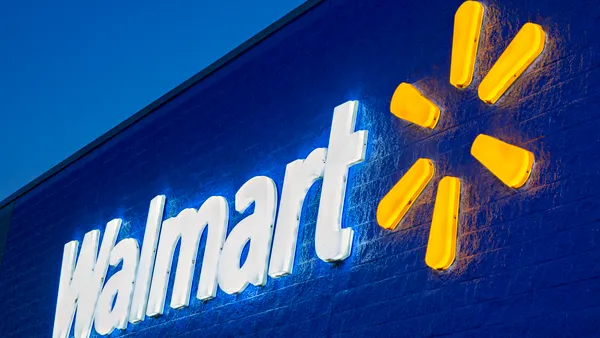LAS VEGAS — Getting products to online customers in a profitable way is a challenge for California-based Raley’s, Zachary Wilson, the grocery company’s head of e-commerce, said at a Wednesday Groceryshop session.
But the company is leveraging a variety of efforts — what Wilson called an "e-commerce flywheel” — to aim for e-commerce profitability, and he urged other regional and independent grocers to focus on boosting their omnichannel strategies as well.
Raley’s has been working to build out its own range of fulfillment speed and services, Wilson said. Some of its facilities can fulfill orders faster, but faster service doesn’t always connect with profitability, Wilson noted.
Shoppers often face “sticker shock” with the fees on third-party marketplaces, Wilson said, noting Raley’s is using its own e-commerce offering to provide lower fees for online customers, but with a longer fulfillment wait time. That longer lead time has allowed Raley’s to focus on making fulfillment more efficient through steps such as last-mile delivery optimization, Wilson said.
During the pandemic, Raley's stood up different manual fulfillment concepts, including a dark store and a split-store concept where 10,000 square feet of an oversized location was converted to e-commerce fulfillment for top-selling SKUs, Wilson said.
The split-store concept allowed the grocery company to drive fulfillment times down from around 30 minutes to around 20 minutes for a 40-item basket: “So not on par with Instacart being able to push that, but all of those things add up to be able to provide a more profitable solution while not passing the costs off to the consumer,” Wilson said.
Raley’s has a lot of stores that are oversized based on SKU count, and shrinking the store footprint for order picking makes the customer experience more intimate and removes the traffic clogging up the aisles, Wilson said. He didn’t say if Raley’s is still using the split-store model in any of its stores.

The biggest challenge with e-commerce profitability is building volume, Wilson repeated throughout the session. Raley’s hasn’t yet achieved the volume needed to stand up automation for its e-commerce fulfillment — a capability it’s striving for.
“When we looked at this split-store concept, we designed it with the thought process in mind that we were able to expand and do automation at the same building,” Wilson said. “And then we’re looking at each of our regions to see how can we potentially set this up to be scalable when the time is right because we’ve seen that you can drive the manual fulfillment process and time down with some of these concepts.”
Raley’s has its eye on hub-and-spoke fulfillment — a model Kroger and Ocado are expanding across the U.S. — and Wilson noted that it’s a model that could potentially work in the Phoenix area for Bashas’, the Arizona-based grocery company Raley’s bought late last year.
“As we look at launching our e-commerce offerings there and going a little bit further than what we have today with the marketplaces, that might be a concept we open right away with rather than going with the traditional in-store fulfillment process,” Wilson said.
Other ways Raley’s has worked to improve e-commerce include using geofencing technology from Flybuy by Radius Networks to improve pickup wait times for customers in parking lots in some locations, and consolidating fast-moving items to front and back ends of in-store aisles to make fulfillment easier.
Its Something Extra loyalty program also gives Raley’s advanced analytics to help it better understand purchasing behavior, Wilson said.
Wilson ended the session by urging grocers to not shy away from omnichannel customer engagement in the months ahead as headwinds continue and to instead keep their focus on their three- to five-year plans.
“With the inflationary pressures that are out there in the economy and some of the other economic challenges that are going to happen, going out to the consumer and making sure that they are engaging them and doing the things that you need to do to keep them as a multi-channel shopper, that unified commerce shopper is going to be imperative to continue to grow your business,” Wilson said.












